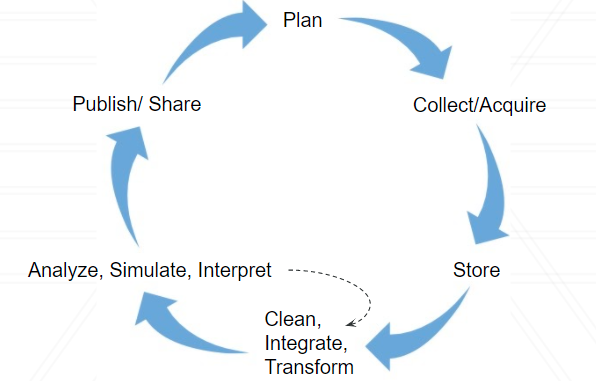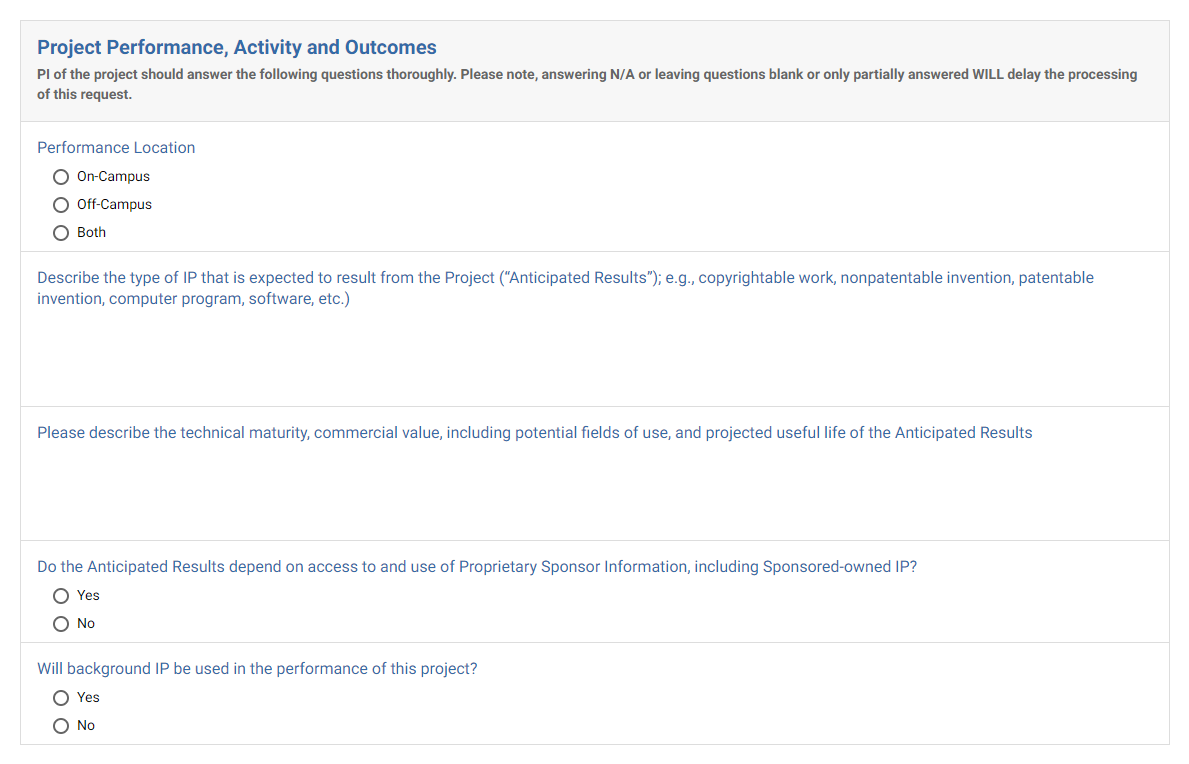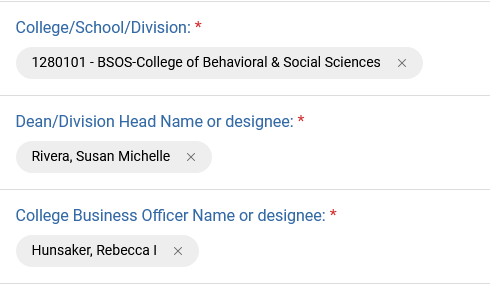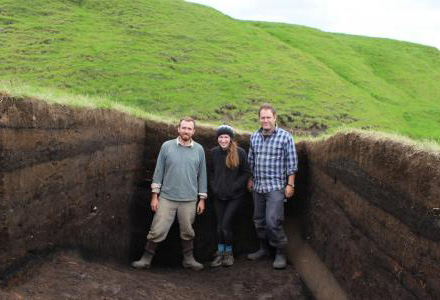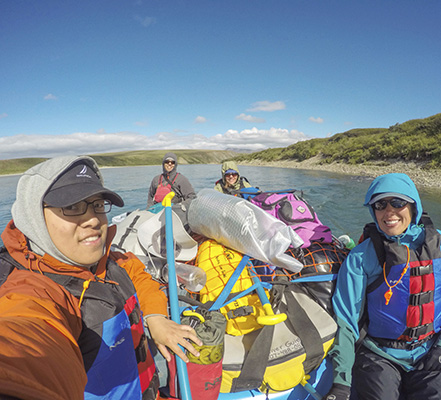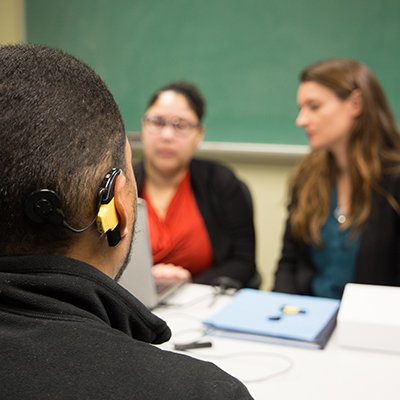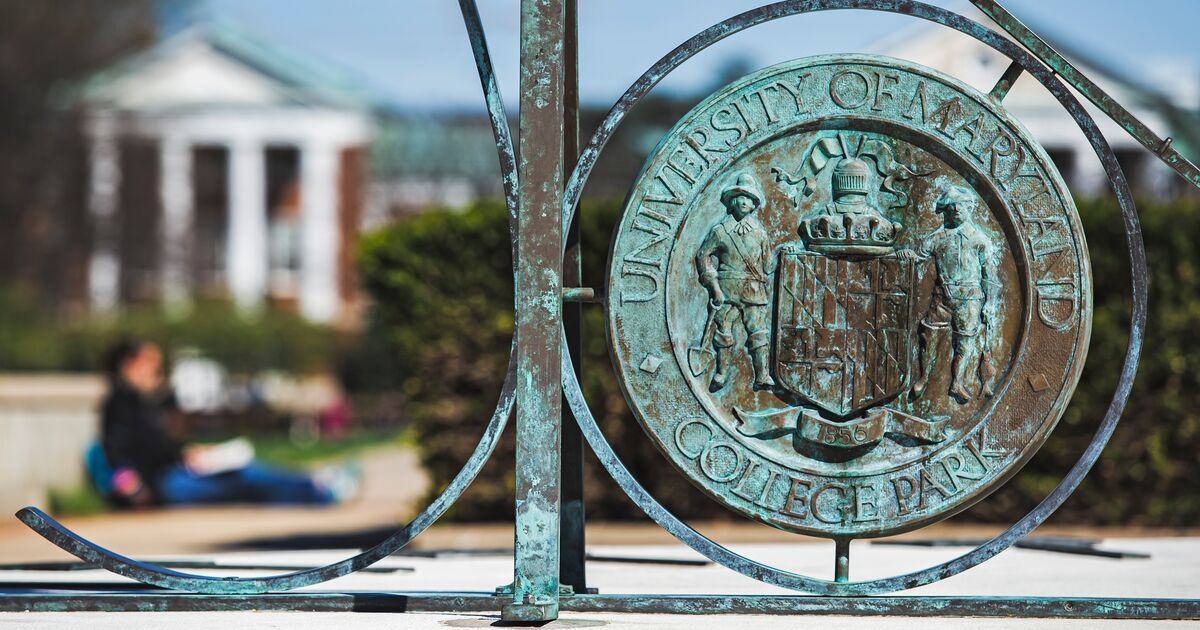Proposal Routing
The below resources and information are provided as a guide for faculty, staff, and students in the preparation of external proposals.
When developing proposal materials, consider your audience: it is not only the scientific review committee at the funding agency but your Chair/Director, Dean, Office of Research Administration, the research administrators at the sponsoring agency, Maryland's various post-award offices (including travel, purchasing, Sponsored Projects Accounting and Compliance), and eventually an auditor.
See: ORA's Tips For A Successful Submission
Effective September 1, all units are required to route complete proposals at least 6 business days before the submission due date. The Dean’s Office will aim to review and approve proposals within one business day, leaving ORA a full five days to review and submit.
A complete proposal means all required financial, administrative, and scientific documents. The final research strategy or project narrative must be complete and uploaded into KR and the proposal submission system at least 24 hours in advance of the submission due date.
Failure to route the completed proposal at least six (6) business days before the due date may result in the proposal not being approved and submitted.
If this timeline isn’t possible, it is the PI’s responsibility to request an exception from their unit Chair/Director and the Associate Dean of Research, specifically addressing the impact the grant/contract has on students and department resources that wouldn’t be possible without the funds. The request should also include the RFP or documentation from the sponsor if they initiated a proposal request.
Proposal Development Services
The BSOS Research Team can help faculty develop external grant proposals with a range of activities. A detailed timeline of individual proposal components will be provided and must be followed to receive this support. Please visit our Proposal Development Services webpage for more information.
What Gets Routed
Accompanying each proposal should be a memo outlining any anomalies in the solicitation or proposal, any unusual form or signature requirements, submission requirements, etc. Anything one might put in an email to the Chair/Director, Dean's Office, or ORA regarding the proposal's content or submission should instead go into this routing memo and be uploaded in Kuali Research (KR). This document is for internal University use only and will not be shared with the sponsor.
Proposals should be uploaded into KR, certified, and submitted for routing no later than six (6) business days prior to the sponsor's due date. If a solicitation requires the recipient institution to have 501(c)(3) tax-exempt status, the University System of Maryland Foundation (USMF) may agree to be named as the awardee and set up a grant-back account to us when the award comes in. The USMF requires five (5) additional business days' notice of a completed proposal; this is in addition to ORA's 6 days as proposals pass through ORA before going to the Foundation.
The items which must be finalized at the time of routing are:
Other items that should be included in the routing package include:
- funding opportunity announcement
- price quotations for equipment or sole-source contracts
- internal forms that need review and signature by the Dean's Office (e.g. IDC waiver request, universal funding form for cost share, DRIF change, Significant Project request, etc)
- sponsor forms that require signature by ORA (SF424 forms, etc.)
- a preview of the entire application in the sponsor grant submission system (it is okay to have a draft at the time of routing but ORA needs a final version at their review point)
NOTE: Scientific content need not be finalized to route a proposal within the University.
Pre-proposals must be routed through the standard process if any of the criteria below are met:
- A detailed budget (that would serve as the basis for an award) is required
- Cost share is required or proposed
- The budget requires institutional approval of a reduced or waived F&A rate
- The pre-proposal must be submitted or signed by an authorized official of the University
- The pre-proposal is being submitted to a corporate entity
- There are known restrictions on intellectual property ownership or publication rights
Why Route?
The routing process allows for several layers of scientific and administrative review throughout the university. Each office that reviews a proposal focuses on different items. A Chair/Director will likely focus on the project description and scientific merit of a proposal, but also look to see if any departmental/center resources are being promised. The Director of Administrative Services in a department may look at the budget and budget narrative to ensure they match and reflect the scope of work. The Dean's Office reviews proposals (specifically budgets, budget narratives, subaward documentation, cost sharing documentation, indirect cost waivers, etc.) to ensure compliance with the State and University rules and regulations regarding allowable and reasonable costs. Finally, ORA reviews proposals to ensure all of the above have been reviewed and adjusted where necessary, but also that the proposal conforms to sponsor guidelines and specifications of the RFP/solicitation. The earlier a proposal can be routed through this system, the deeper a review each step in the process can give to a proposal. As the volume of proposals sponsors receive increases and their tolerance for administrative errors decreases, this routing and review process becomes increasingly more valuable to an investigator.
Who can be a Principal Investigator?
In accordance with University guidelines, all tenured/tenure-track faculty and research scientists can be Principal Investigators (PIs). BSOS has determined that other PTK faculty, graduate students, and staff can serve as a PI in certain circumstances. The Chair may determine that some PIs (e.g. students, post-docs, adjuncts, PTK faculty) may benefit from mentorship by a more senior individual, though this person need not be listed as an investigator on the proposal. The endorsement of the Chair is required for these individuals to serve as a PI and may be done via their approval of the KR record or via email uploaded to the KR record.
All PIs and Co-PIs must have an appointment in PHR, must certify their participation in the KR system, and must complete BSOS Conflict of Interest requirements.
Investigator Certification
Principal investigators and Co-investigators must complete a certification on every proposal submitted on which they are named. The certification is 9-11 questions relating to research conduct and oversight which only the investigators can answer as responsible stewards of the research. As such, this certification cannot be delegated to another individual. First-time investigators take on average about two to four minutes to certify. The certification can be completed using the browser of your choice on any computer or mobile device. Certification can be completed at any time during the proposal development process. For more information on how to certify a KR proposal and what the certifications mean with links to relevant policies please visit the BSOS KR Resources webpage.
Credit Split
Each proposal must designate a split of the credit to investigators and departments. Currently, credit split drives indirect cost return (aka DRIF return). Credit splits can be determined by any reasonable method. The two most common methods are via direct cost dollars and via time or scientific contribution of the faculty named on a proposal. Some on-campus Institutes and Centers may have internal guidelines for determining credit split based on the amount of administrative work involved in the proposal and subsequent award.




